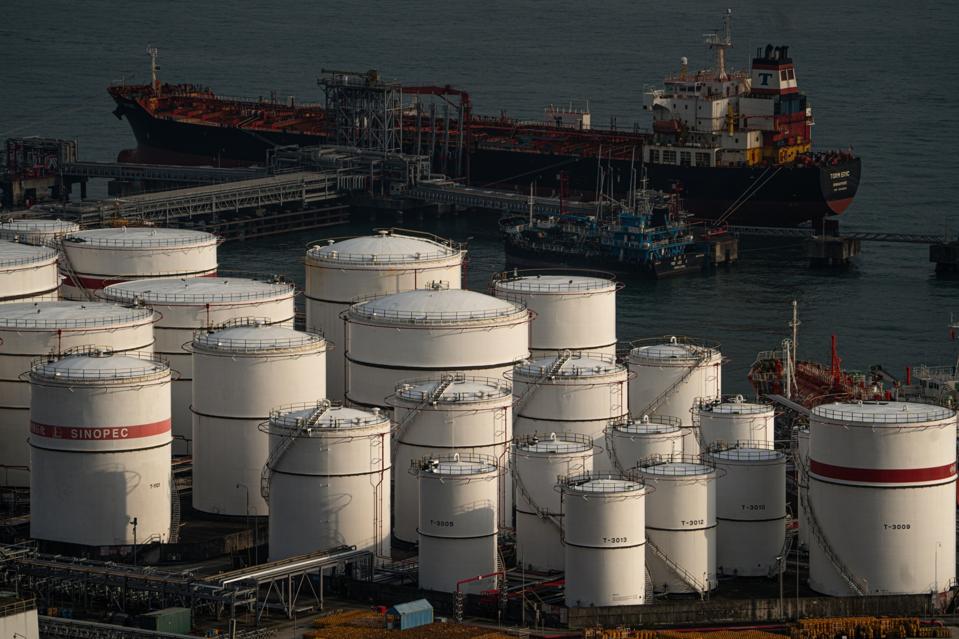Since October 2023, the trajectory of oil demand and timing of an eventual “peak” have come under considerable scrutiny and polarized opinions both within and beyond the energy market.
That’s after the think-tank International Energy Agency (IEA) predicted oil demand would peak in 2030. It’s executive director Dr Fatih Birol emphatically declared: “The transition to clean energy is happening worldwide and it’s unstoppable.
“It’s not a question of ‘if’, it’s just a matter of ‘how soon’ – and the sooner the better for all of us.” The peaking would happen around 97 million barrels per day in the 2030s he added, and demand will likely stay there for a few decades before falling down from levels of around 102 million bpd in the 2020s.
The criticism (and applause) was near immediate. Oil producers’ group OPEC was scathing in its response said demand would continue to grow for many years to come.
OPEC also mocked instances in the past when many in the market, including the IEA, were talking about peak supply and that they had since moved on to peak demand. It also put out its own forecast of oil demand reaching 116 million bpd by 2045.
In fact, there are a broad array of scenarios and outlooks, painting very divergent oil demand landscapes of when and how high global demand will peak, something that came to a head on Wednesday (March 20, 2024) at CERAWeek, a major energy conference organized by S&P Global, in Houston, Texas, U.S.
A panel discussing the matter broadly agreed that few can accurately predict peak oil demand. The appropriate question should be what factors will shape oil’s long-term demand profile and how should the industry position itself to meet demand for decades to come, said Joseph McMonigle, Secretary General of International Energy Forum.
“Since the IEA report all we have seen are differences of opinion and if I may say a considerable about of tension.”
Jeff Currie, a former former Goldman Sachs partner and Chief Strategy Officer of Energy Pathways at Carlyle, said: “You will always have big demand growth drivers and players come and go. Western Europe and China have both been there. Now India is the demand growth champion burning record amounts of fossil fuels.”
Currie added that oil demand would continue to keep going until the world has a “Lake Eerie” moment which prompted stern action from the Nixon Administration and subsequent U.S. environmental protections that were relevant for the time.
“It triggered Nixon to use a stick. But all we use these days are carrots for decarbonization and not sticks. And until we use sticks, which will inevitiably have costs for consumers, nothing is going to happen.”
Arjun Murti, Partner, Energy Macro and Policy at Veriten, and another former Goldman Sachs executive, noted: “Even with the technologies that exist, we cant say for sure when oil will peak. Demand will continue to go up before developing markets catch up.”
Murti said there will inevitably be energy poor people in the march to net zero. “Unfortunately, some people are going to lose out. But one thing to note its that the idea we are going to continue to use oil and gas is not the same as saying we’ll continue using it the same way.”
India’s industrial complex may not develop the way China has gone as they may have a “geopolitical imperative” to keep their demand somewhere near its current 4 million bpd level, he added.
The energy mixes of various nations will evolve at their own pace and the key motivations to move the needle would be “geopolitical” and “security” imperatives not CO2. “And even then, they’ll need a baseload back up for say their solar and wind power generation assets, and that will be traditional energy.”
Fred Forthuber, President of Oxy Energy Services, added that there will likely be considerable pull on global power grids, whether the electricity generated is green or not.
“We’re talking electric vehicle charging, datacenters and cryptocurrencies and wider consumer electrification. In the absence of viable renewable infrastructure people are going to be forced to do with what they have and that means turning to traditional energy in the coming decades.”
Forthuber added that range anxieties and improved charging infrastructure for EVs may change the fuel mix for ground transportation but petrochemicals and aviation will remain strong demand drivers for a considerable length of time.

